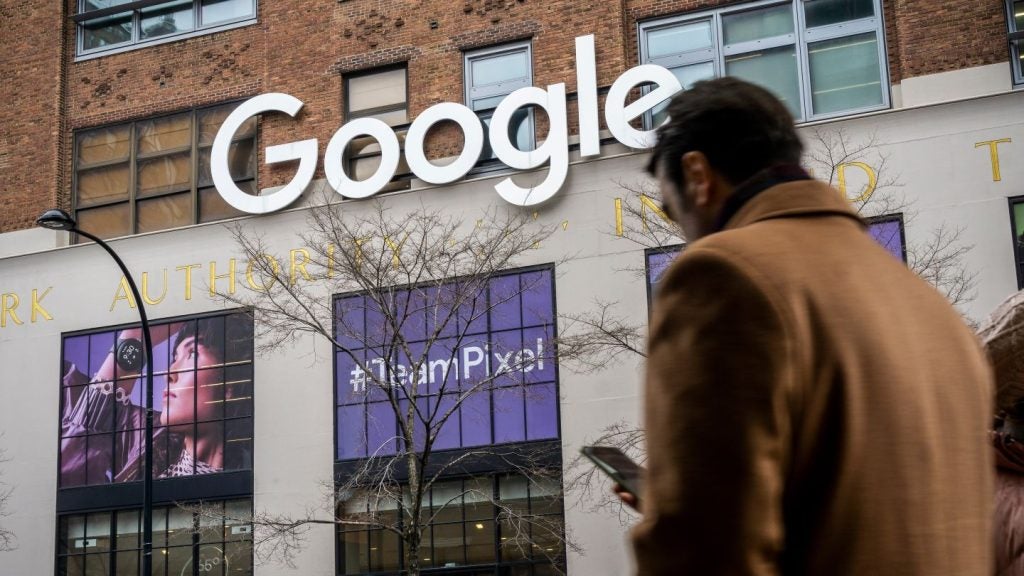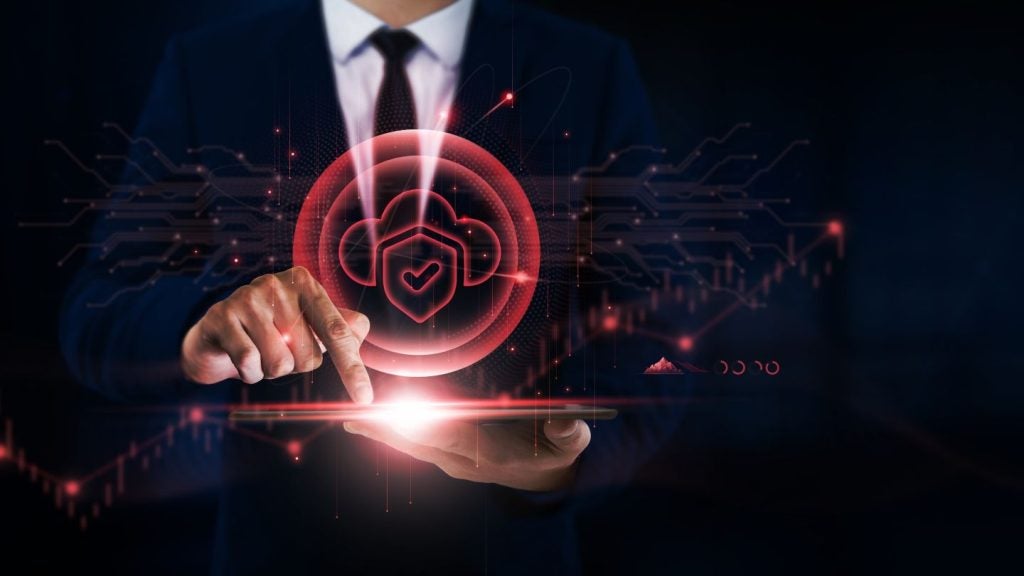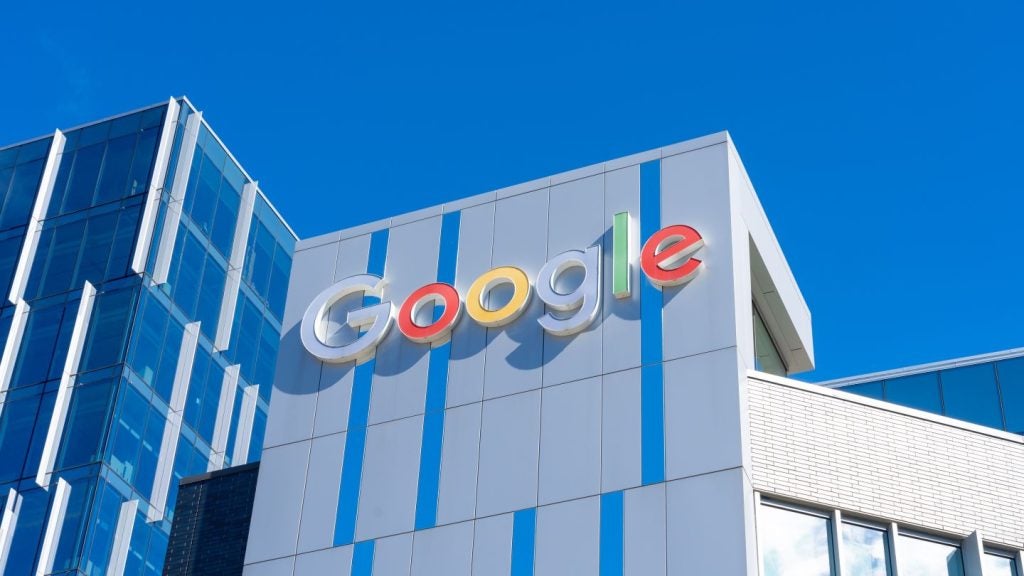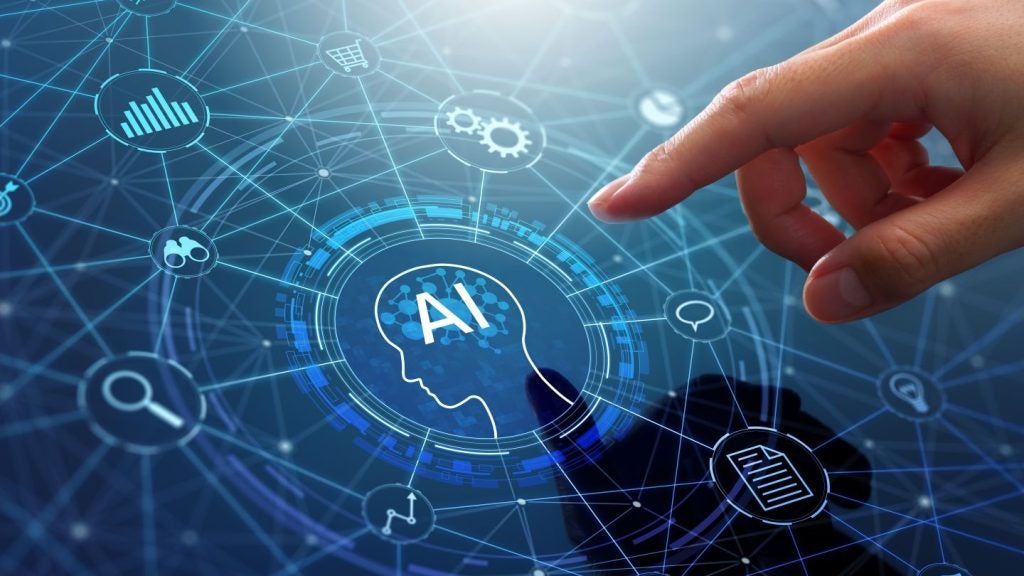The metaverse often features heavily in discussions around the future of work, but most enterprises have at best a very limited idea of how it may apply to them. GlobalData’s research has suggested that the majority of organizations are yet to formulate a clear picture of how they will operate and do business in the post-pandemic world.
In part this reflects the immaturity of the technology. Real-world use cases are in short supply so there is little for businesses to latch onto when considering how they may benefit from the metaverse. Furthermore, the metaverse spoken about in most articles and the metaverse as portrayed in films such as Read Player One or Summer Wars is highly centered around the gaming world.
Gaming has the most obvious and colorful potential for application of the metaverse. The idea of weird and wonderful avatars battling out for supremacy of electronic realms is pure Hollywood. It is much harder to see how it applies to more normal business settings.
It is unlikely that a lumbering Ork will be sat next to a heavily armored space warrior discussing the latest quarterly projections, or that customers will wish to receive financial or medical advice from the Jabberwocky.
Multiple metaverses
The reality is that there will be more than one metaverse: those for gaming and social scenarios and those for business uses. Within the enterprise space, there are likely to be metaverses aimed at ‘B2C’ environments – i.e., where businesses interact with customers – and also for internal and external businesses meeting – i.e., those that replace Zoom or Webex type meetings many people experience during the average workday.
It is quite conceivable that these metaverses will become relatively bespoke depending on the use case or vertical they are serving. For example, the retail experience could involve the bricks and mortar shopping experience. Being able to try on clothes or look at the latest gadget in 3D offers clear benefits over standard online, 2D pictures only, shipping.
Covid has also seen an increase in tele-health scenarios. Zoom calls with doctors are now commonplace and increasingly accepted. A virtual reality meeting with the doctor offers genuine possibilities for enhancing the diagnostic potential.
Hologram connection
It is in these scenarios that an alternative to an avatar is needed, and holograms offer the obvious alternative. Rather than being an altered or entirely fantastical representation of a person, holograms create a virtual 3D image of the person as they are.
Research by various institutions has highlighted that 3D representations of people are more engaging than 2D videos. People pay more attention when ‘eye contact’ can be made. There can be as much as a 50% gain in concentration and information retention. For anyone who has experienced school kids learning over video platforms, this level of improvement is highly appealing.
As we seek protect the environment by reducing travel, the ability to deliver meaningful connections in training sessions of business meetings is hugely important. And with holograms you can finally answer the question of ‘I wonder how tall they are in real life’.
What’s more, this technology is closer at hand than you might think. The collaboration technology giant Cisco, for example, is already demonstrating ‘holo-meetings’ using 3D headsets to generate holograms of people and interactive 3D objects. At present the headsets are expensive, usually in the multiple 1,000s of dollars range, but sub $1,000 dollar devices are on the near horizon. This time next year, you may be a hologram.







